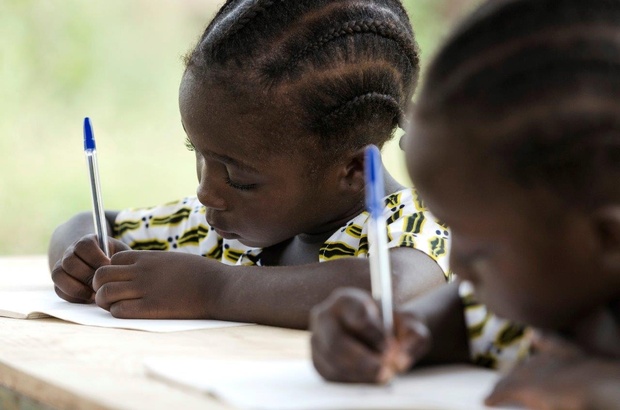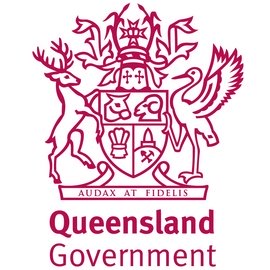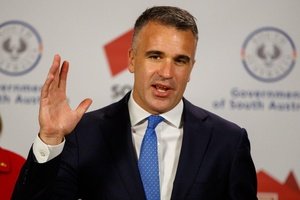The findings reveal that global efforts to ensure universal education have hit a concerning plateau, with the out-school population reducing by only 1 percent in nearly 10 years.
Progress and challenges
“Education is the key driver of prosperous, inclusive and peaceful societies,” UNESCO Director-General Audrey Azoulay said at the UNESCO Global Education Meeting (GEM) in Fortaleza, Brazil.
“Yet, quality education risks being the privilege of a few if we do not take serious measures to give every child across the globe the same chance to learn and thrive,” she added.
Azoulay called for bold leadership to change course and bolster investments in education, including through renewed solidarity mechanisms between high- and lower-income countries.
Convened by UNESCO, the GEM’s aim is to foster multilateral, cross-sectoral and multi-stakeholder dialogue, recognizing education as a social equalizer and driving force of sustainable development.
While there has been progress in educational enrolment – with 110 million children entering school since the adoption of the UN Sustainable Development Goal on Education in 2015 – disparities remain persistent.
The completion rates show improvement, with 40 million more young people finishing secondary school compared to 2015.
However, the gap between rich and poor nations remains particularly alarming.
According to the report, in low-income countries, 33 percent of school-aged children and youth are out of school, compared to just 3 percent in high income countries.
The report highlighted that sub-Saharan Africa faces the greatest challenges, hosting more than half of all out of school children and adolescents globally.
Financing the future
A second report on Thursday, the UNESCO-World Bank Education Finance Watch 2024, points to chronic underinvestment as a primary obstacle.
The disparity in education spending is striking, with the report revealing that high income countries invest $8543 per learner, while low- and middle-income countries manage only $55 per student.
The situation is further complicated by debt burdens.
📚 251M children & youth are still out of school globally, with only a 1% decrease in nearly a decade.@UNESCO’s new report highlights chronic under-investment, especially in low-income countries.
— UNESCO 🏛️ #Education #Sciences #Culture 🇺🇳 (@UNESCO) October 31, 2024
Education must be a global priority.https://t.co/VmSr1Lur0a #LeadforEducation pic.twitter.com/RUHR0YBirO
According to the report, in Africa, countries now spend almost as much on debt servicing as they do on education, while global education aid has declined from 9.3 per cent in 2019 to 7.6 per cent in 2022.
In response, UNESCO, working alongside Brazil’s G20 presidency, is calling for innovative financing mechanisms, including debt-for-education swaps.
“Equity and inclusion in and through education are fundamental to Brazil’s vision of social development,” Brazil’s Education Minister Camilo Santana said at the GEM.
“Brazil intends to chart the path to a more inclusive approach to education, one that can help overcome socioeconomic disparities and that attributes a positive value to cultural diversity.
“Our goal is to ensure that these discussions result in tangible actions embedded in the agendas of countries and institutions worldwide.”
The GEM is one of the largest international education conferences and the fourth in a series of meetings convened by UNESCO since 2018 to take stock of progress towards educational goals globally.
For the first time, the event is being held back-to-back with the G20 Education Ministers’ Meeting, and is placed under the theme of equity and inclusion, in synergy with the priorities of the Brazilian Presidency of the G20, for which UNESCO is a partner.
The Fortaleza Declaration – the outcome document of the GEM – to be endorsed by more than 40 education ministers, issues a strong call to prioritise education as a key lever for more just and sustainable futures.
It also calls for renewed educational approaches that address the pressing challenges of our times, through mainstreaming climate education into school curricula, promoting education for peace against the rise of hate speech and discrimination, and furthering gender equality in and through education.
Click here to read UNESCO’s latest Global Education Monitoring Report.















